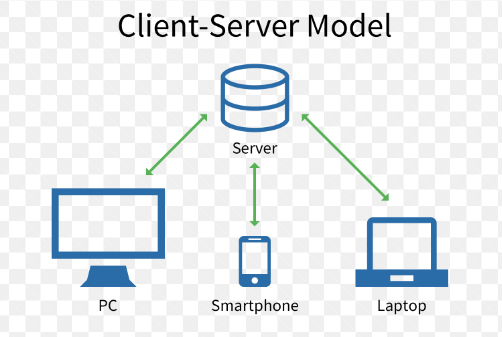With the ever increasing popularity of cryptocurrencies, it is essential to have a good knowledge of methods diverse electronic foreign currencies and their root networking sites work. Ethereum is a this sort of community containing grabbed the eye of technology lovers, developers, and brokers around the globe. Nevertheless, to leverage the entire potential of Ethereum, it’s crucial that you recognize how nodes operate on the Ethereum group. The following information strives to supply a comprehensive outline of Ethereum node functioning.
What exactly is an Ethereum Node?
An ethreum node is largely a part of the handed out system that accounts for synchronizing and validating deals and clever deals. It really is a software program that runs on a user’s unit and hooks up to the Ethereum group online. Nodes are categorised into two categories: Complete Nodes and Light Nodes, and both assist various purposes.
Whole nodes:
Complete nodes around the Ethereum group would be the spine of the community. They store all of the deal information, smart agreement code, as well as the most up-to-date condition from the Ethereum blockchain. Complete nodes need higher safe-keeping and storage sources to function properly. By using a total node supplies the greatest level of protection whilst interacting with the Ethereum system.
Light nodes:
Light-weight nodes, also known as fast sync nodes, function by accessing certain parts from the Ethereum blockchain info through current total nodes around the community. They actually do not store the complete blockchain info, causing them to be a lot less safe in comparison with complete nodes. Light nodes require less storage space and are simpler to put in place, causing them to be an ideal selection for first-timers.
How to set up an Ethereum Node?
Putting together an Ethereum node is just not as challenging as it can seem to be. To setup a node, you need to select whether you need to utilize a full or possibly a light-weight node. Then you need to obtain and get a compatible Ethereum client for example Geth, Parity, or OpenEthereum. After you have installed your client of your choice, then you can start syncing with all the Ethereum community.
Syncing with all the Ethereum Community:
Syncing your node together with the Ethereum group might take any where from a short while to many days and nights, according to the type of node you might have chosen and also the rate of your connection to the internet. Once your node is synced and coupled to the Ethereum community, it can be used to deliver or obtain purchases, deploy and interact with wise commitments, and in many cases my own Ethereum.
Dealing with your Node:
Handling your Ethereum node is very important to make certain ideal functionality and security. Regular upkeep activities for example clearing up the blockchain information and updating your client model might help keep your node running successfully. Several instruments such as Etherchain, EtherScan, and MyEtherWallet could be used to check your node’s functionality and deal with it slightly.
quick:
As you have seen, understanding how Ethereum node procedure works is essential for anyone planning to connect to the Ethereum system. Learning the variations between total nodes and light-weight nodes, how to set up your node, syncing your node together with the group, and handling your node are common significant actions towards learning Ethereum. By simply following the techniques layed out in this particular guideline, you may be much better ready to connect to the Ethereum network and discover its probable.



